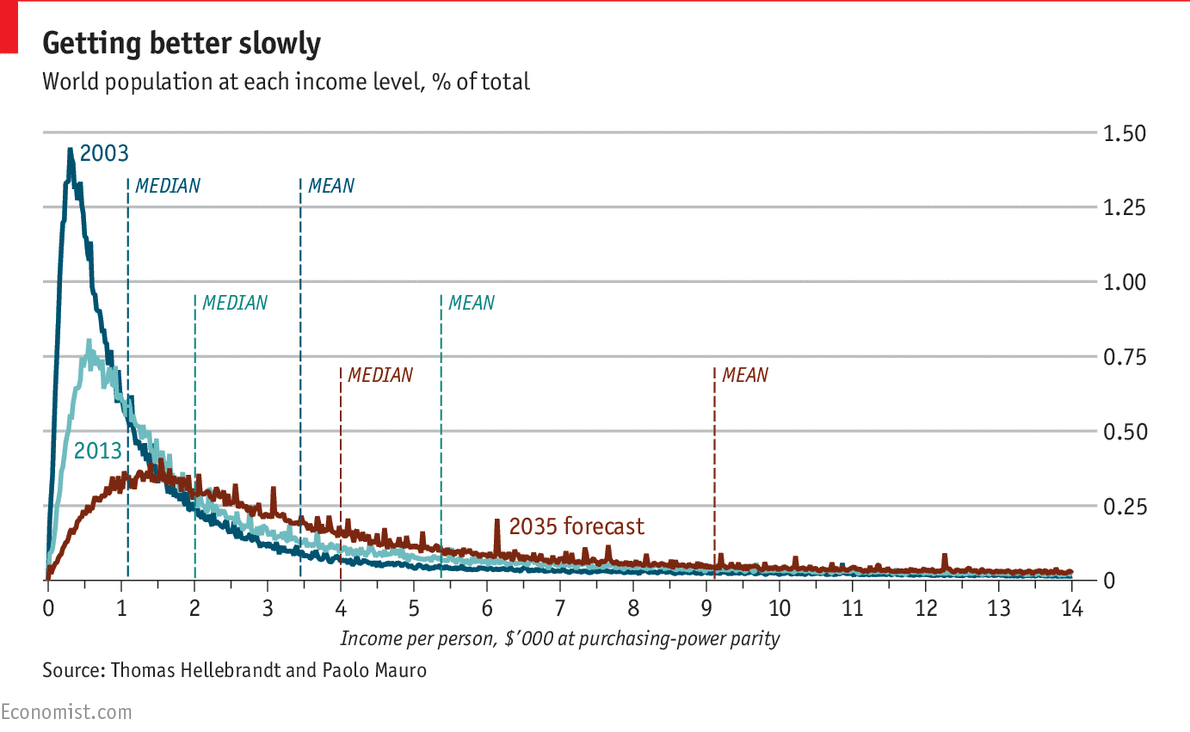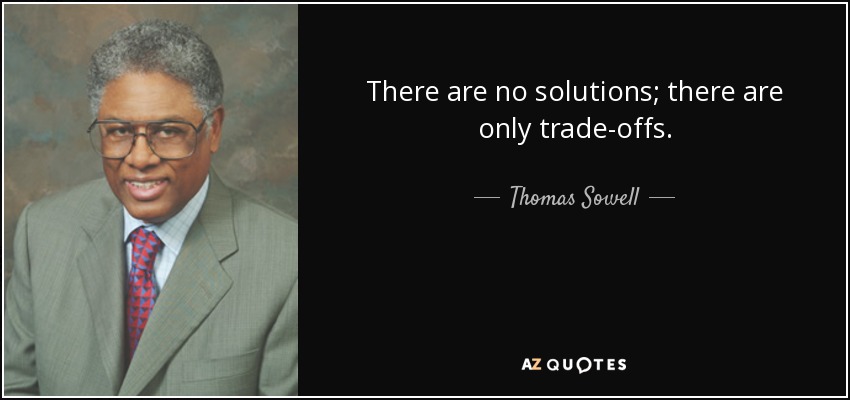Where you live affects both your income and your chance of getting married according to recent research by economist Raj Chetty and others at the Equality of Opportunity Project. Both studies were covered in a couple interactive articles in The New York Times. On location and income, the NYT reads,
 Location matters – enormously. If you’re poor and live in the Dallas area, it’s better to be in Cooke County than in Kaufman County or Dallas County. Not only that, the younger you are when you move to Cooke, the better you will do on average. Children who move at earlier ages are less likely to become single parents, more likely to go to college and more likely to earn more. Every year a poor child spends in Cooke County adds about $210 to his or her annual household income at age 26, compared with a childhood spent in the average American county. Over the course of a full childhood, which is up to age 20 for the purposes of this analysis, the difference adds up to about $4,100, or 16 percent, more in average income as a young adult…These findings, particularly those that show how much each additional year matters, are from a new study by Raj Chetty and Nathaniel Hendren that has huge consequences on how we think about poverty and mobility in the United States. The pair, economists at Harvard, have long been known for their work on income mobility, but the latest findings go further. Now, the researchers are no longer confined to talking about which counties merely correlate well with income mobility; new data suggests some places actually cause it…“The broader lesson of our analysis,” Mr. Chetty and Mr. Hendren write, “is that social mobility should be tackled at a local level.”
Location matters – enormously. If you’re poor and live in the Dallas area, it’s better to be in Cooke County than in Kaufman County or Dallas County. Not only that, the younger you are when you move to Cooke, the better you will do on average. Children who move at earlier ages are less likely to become single parents, more likely to go to college and more likely to earn more. Every year a poor child spends in Cooke County adds about $210 to his or her annual household income at age 26, compared with a childhood spent in the average American county. Over the course of a full childhood, which is up to age 20 for the purposes of this analysis, the difference adds up to about $4,100, or 16 percent, more in average income as a young adult…These findings, particularly those that show how much each additional year matters, are from a new study by Raj Chetty and Nathaniel Hendren that has huge consequences on how we think about poverty and mobility in the United States. The pair, economists at Harvard, have long been known for their work on income mobility, but the latest findings go further. Now, the researchers are no longer confined to talking about which counties merely correlate well with income mobility; new data suggests some places actually cause it…“The broader lesson of our analysis,” Mr. Chetty and Mr. Hendren write, “is that social mobility should be tackled at a local level.”
You can actually check to see how your county stacks against others. Mine (Denton County, TX) is “about average in helping poor children up the income ladder. It ranks 1,171st out of 2,478 counties, better than about 47 percent of counties.”
But where you live doesn’t just affect income, but the odds of marriage:
The most striking geographical pattern on marriage, as with so many other issues today, is the partisan divide. Spending childhood nearly anywhere in blue America — especially liberal bastions like New York, San Francisco, Chicago, Boston and Washington — makes people about 10 percentage points less likely to marry relative to the rest of the country. And no place  encourages marriage quite like the conservative Mountain West, especially the heavily Mormon areas of Utah, southern Idaho and parts of Colorado. These conclusions — based on an Upshot analysis of data compiled by a team of Harvard economists studying upward mobility, housing and tax policy — are not simply observations about correlation. The economists instead believe that they have identified a causal role that geography plays in people’s lives. The data, which covers more than five million people who moved as children in the 1980s and 1990s, suggests that children who move from, say, Idaho to Chicago really do become less likely to marry, even if the numbers can’t explain exactly why these patterns exist.
encourages marriage quite like the conservative Mountain West, especially the heavily Mormon areas of Utah, southern Idaho and parts of Colorado. These conclusions — based on an Upshot analysis of data compiled by a team of Harvard economists studying upward mobility, housing and tax policy — are not simply observations about correlation. The economists instead believe that they have identified a causal role that geography plays in people’s lives. The data, which covers more than five million people who moved as children in the 1980s and 1990s, suggests that children who move from, say, Idaho to Chicago really do become less likely to marry, even if the numbers can’t explain exactly why these patterns exist.
Political ideology isn’t the only thing that may encourage or discourage marriage. The Deep South encourages affluent children to marry, while discouraging low-income children of all races. Small towns (or low population density) also encourage marriage.
While this isn’t addressed in the articles, I’m curious if the influence on income and marriage are linked. Either way, Chetty’s work is very exciting. I’m watching him with growing interest.


 In 1933, the promising young Jewish-German violinist Ernest Drucker left the stage midway through a Brahms concerto in Cologne at the behest of Nazi officials, in one of the first anti-Semitic acts of the new regime.
In 1933, the promising young Jewish-German violinist Ernest Drucker left the stage midway through a Brahms concerto in Cologne at the behest of Nazi officials, in one of the first anti-Semitic acts of the new regime. Presidential candidate Bernie Sanders recently made headlines when he stated in
Presidential candidate Bernie Sanders recently made headlines when he stated in  “Every so often,”
“Every so often,” 
 get yields 38 percent lower than the world average and three times below the U.S., where 90 percent of the maize crop is an insect-resistant GMO hybrid. Mexico’s fields are beset by such crop ravishers as the corn earworm, black cutworm and fall armyworm, which cost the country up to half its crops and incite farmers to spray their land with thousands of tons of chemical insecticides.”
get yields 38 percent lower than the world average and three times below the U.S., where 90 percent of the maize crop is an insect-resistant GMO hybrid. Mexico’s fields are beset by such crop ravishers as the corn earworm, black cutworm and fall armyworm, which cost the country up to half its crops and incite farmers to spray their land with thousands of tons of chemical insecticides.” Location matters – enormously. If you’re poor and live in
Location matters – enormously. If you’re poor and live in  encourages marriage quite like the conservative Mountain West, especially the heavily Mormon areas of Utah, southern Idaho and parts of Colorado. These conclusions — based on an Upshot analysis of
encourages marriage quite like the conservative Mountain West, especially the heavily Mormon areas of Utah, southern Idaho and parts of Colorado. These conclusions — based on an Upshot analysis of  A recent blog post at
A recent blog post at